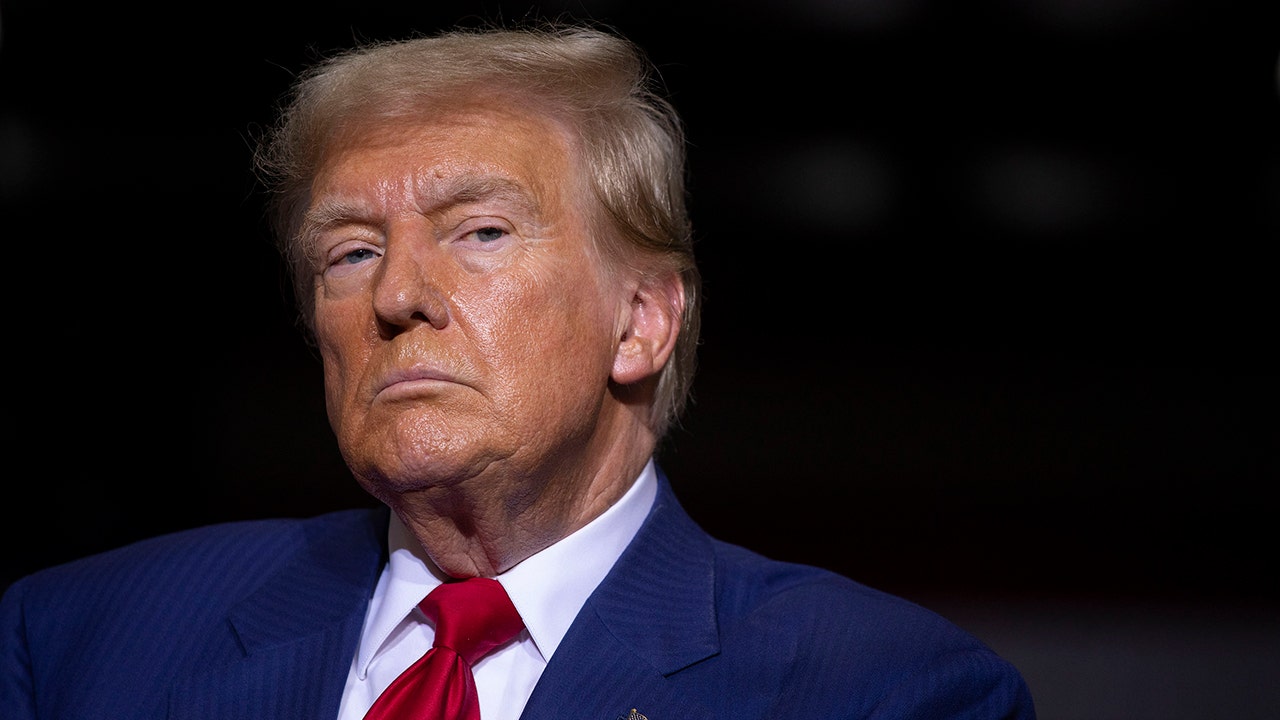At the Cannes Film Festival in May, “All We Imagine As Light,” a film about the friendship between three female nurses from small towns making their way in the Mumbai megalopolis, won a top award — a first for any film made by an Indian.
But its director, Payal Kapadia, says that while the movie will definitely be released in her home state of Kerala, her producers are still trying to figure out how to get it released nationwide.
“Do I see her film getting the kind of play it deserves here? Absolutely not,” said Shubhra Gupta, one of India’s foremost film critics. “That this kind of filmmaking will reach someone in New York much faster than my Delhi neighborhood is something that everyone knows. It’s a given.”
In a country famous for and obsessed with its movies, filmmakers and fans of independent cinema are united in their frustration over the deteriorating state of distribution for these kinds of films, even as they are gaining unprecedented recognition internationally.
India may be known for the glitz and splash of Bollywood, but alternate cinema in the country has a long and decorated history going back decades. These films — known locally as “parallel” films — focus on themes of social injustice instead of the action, music and all-star casts of the mainstream industry.
Distribution has always been an uphill battle for the independent movies, but the introduction of multiplexes in the 2000s and online streaming services in the 2010s created a new space for them.
The country’s largest theater chain, PVR, started showing critically acclaimed independent movies under a new brand called Director’s Rare. This was reminiscent of the 1970s and 1980s when state-run television would broadcast the alternate cinema produced by the government-run National Film Development Corporation (NFDC).
The 21st-century multiplex push felt like “a kind of renaissance,” said film critic Gupta.
It was in this environment that Vinay Shukla’s 2016 documentary, “An Insignificant Man” — which won awards in Warsaw and Brooklyn — spent eight weeks in Indian theaters. India’s certification board did originally try to censor it but the director was able to appeal the decision.
That renaissance came crashing to an end when the pandemic emptied cinemas and squeezed distribution companies. At the same time, there was political backlash from government-aligned Hindu nationalists who disapproved of many of the themes in these independent movies.
The Director’s Rare brand vanished and PVR now rarely touches these independent films.
In the meantime, these indie movies are catching more and more international eyeballs. Shukla’s latest film, “While We Watched,” about an anti-establishment Indian journalist, was shown in New York with discussions led by comedian John Oliver and journalist Amy Goodman. The film racked up awards in Toronto and Busan, South Korea, and won a Peabody, a distinguished award for electronic media.
A documentary called “All That Breathes” — about a Muslim family of bird rescuers in New Delhi — also won a Peabody this year, as well as an Oscar nomination, and was shown in theaters in the United States, Britain, the Netherlands and France. Last year, the short documentary “The Elephant Whisperers,” a film about an Indian couple who takes care of elephants, won the Oscar for best short documentary.
In the past, filmmakers like Shukla could expect to use the international festival circuit as a springboard to domestic distribution. But this approach no longer works, said Kanu Behl, director of “Agra,” which was released in French theaters after premiering at Cannes but is still absent in India.
“I am an Indian, I work in my language and I want my people to watch my film,” he said. “I don’t want to go to Cannes. I have to go to Cannes because I don’t have stars in my film. I have to make my film the star. But even that model is not working.”
That model of success abroad translating into domestic distribution is a “fool’s paradise” because audiences just aren’t interested, countered Shariq Patel, former chief executive of Zee Studios, a film production and distribution company. Three of his films were screened at dozens of festivals, but only “Joram” made it to the Indian box office and had no audience — “came out literally at zero,” he said.
“The Indian audience, the moment they see all those laurels, they say this would be too much of an intellectual film,” he said. “That is the country, whether we like it or not.”
PVR, the theater chain, used to be able to take risks on Indian indies, said executive director Sanjeev Kumar Bijli. But, PVR has been in survival mode in the wake of the pandemic, he said, focusing on hits to bring the “masses” into theaters again.
“The Indian consumer doesn’t want to see the ills of society. We see this every day,” he said. “For us, cinema is a form of escape.”
Filmmakers vehemently disagree, pointing to the overwhelmingly favorable reception their movies receive when Indian audiences manage to see them at local festivals or in pirated versions.
Shukla’s film “While We Watched” was viewed countless times in India through links on YouTube, Google Drive and Telegram even before it became available on the Mubi streaming service for art house films.
This idea of only offering spectacle resembles a “circus,” said Shaunak Sen, director of “All that Breathes.” The documentary can be seen in India only because it was picked up by HBO, which has an agreement with the local Jio Cinema streaming service. “Will we really accept this kind of a staggeringly cynical rationale that there’s not enough intelligent people in India? It’s patronizing and elementally untrue,” he said.
“Joram,” the film by Patel’s former company that had low audience turnout in theaters, was one of the top 10 films in India for a week after it began streaming on Prime Video in April.
Distributors unfairly “blame audiences” instead of collaborating with filmmakers to find ways to monetize the existing audience, said Devashish Makhija, the film’s director.
Streaming at first had seemed like the solution. Netflix and other companies entered India promising alternatives to mainstream movies, offering up groundbreaking content such as “Sacred Games” and “Made in Heaven.”
“Everybody sat up and took notice,” recalled Gupta, the critic. But then, the backlash started. Hindu nationalists accused the streamers of broadcasting content that hurt religious sentiments in India.
In response, Netflix and others switched gears to present safer fare, including true crime serials and rom-coms. They also opted for content that had already been screened in theaters and had been approved by the certification board, which had increasingly become the nemesis of independent productions.
Streamers have still carried some of these films, but only abroad and not in India, like Rintu Thomas’ film “Writing With Fire” about low caste, women journalists. At Sundance, the film won both the audience award and the award for world cinema documentary, and was nominated at the Oscars for best feature documentary two years ago.
Netflix, Amazon Prime, and India’s film certification board — The Central Board of Film Certification — did not respond to requests for comment.
Directors say that when they take matters into their own hands, they connect with the audience. Fahad Mustafa and his team raised their own marketing and distribution budget, some of which went to small Indian town screenings of their award-winning film about electricity theft, or “Katiyabaaz.”
“When the film goes to the people it is really meant for, you see the impact that it can create,” he said. “The current distribution scenario is really about a lack of imagination. Somewhere, we collectively became very cynical about what we want cinema to do for us, essentially limiting ourselves and our stories.”















































